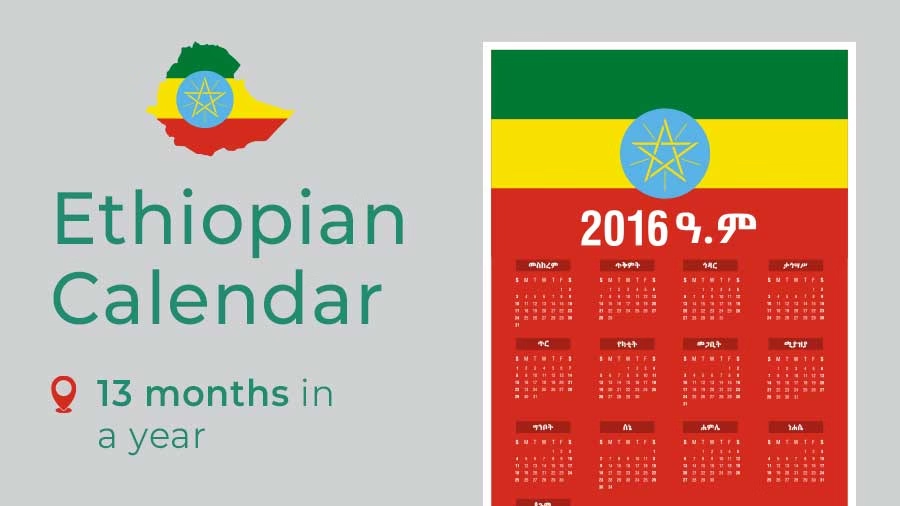
If time is the continuous process of existence and events, then one may wonder why, in 2025, Nepal is in 2081 and Ethiopia in 2017. It seems like the past and future both are in the present, and yet that might not be the case.
Time has been measured in different ways over the years. In Africa, our ancestors measured time in seasons like planting, harvesting, and religious events, but currently it is done through calendars, which may not all be the same. Calendars shape how we live and celebrate.
Nepal, a landlocked country located in South Asia, follows the Bikram Sambat calendar. This is a lunisolar system running nearly 57 years ahead of the Gregorian calendar. Their new year begins in the middle of April, unlike January in the popularly used Gregorian calendar.
Ethiopia uses a solar calendar derived from the ancient Coptic system, placing it approximately seven to eight years behind the Gregorian calendar. It features twelve 30-day months and a 13th month with five or six days. Both nations view these calendars as a deliberate choice to keep their history, traditions, faith, and national identity.
The Gregorian calendar, which is widely used today, was introduced by Pope Gregory XIII in 1582 to correct the Julian calendar so that important seasons and dates like spring and Easter were in sync. Its global spread comes from colonial expansion, European trade, and dominance, rather than a unified agreement. Today, it governs business, education, and international affairs. Yet it’s not the only valid framework. Its dominance tells more about history than about the nature of time itself.
Ethiopia and Nepal were never fully colonized. Their continued use of traditional calendars reflects their independence. The Bikram Sambat system, in Nepal, aligns with Hindu cosmology and festivals. The Ethiopian calendar is closely connected with the Ethiopian Orthodox Church, which helps to guide religious celebrations and mark national memory. These calendars maintain agricultural cycles and spiritual beliefs of the countries, offering a form of resistance to the external pressures to conform.
Similar systems and trends all across different countries in different continents of the world show that we are currently in a period where conformity is at its peak. But having subtle things like this, calendars can remind us of our history and the fact that each calendar is valid, even if it is different. Nepal and Ethiopia show that there is more than one way to mark the passage of time, and each way is valid.


